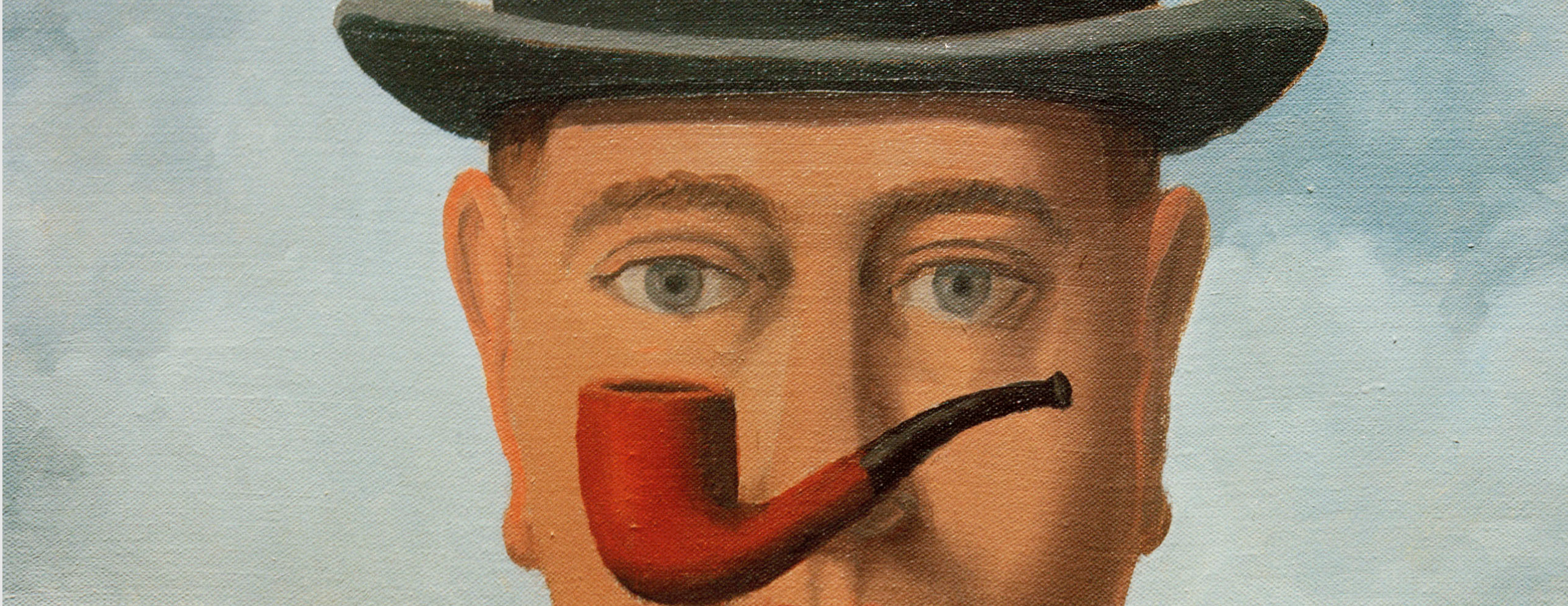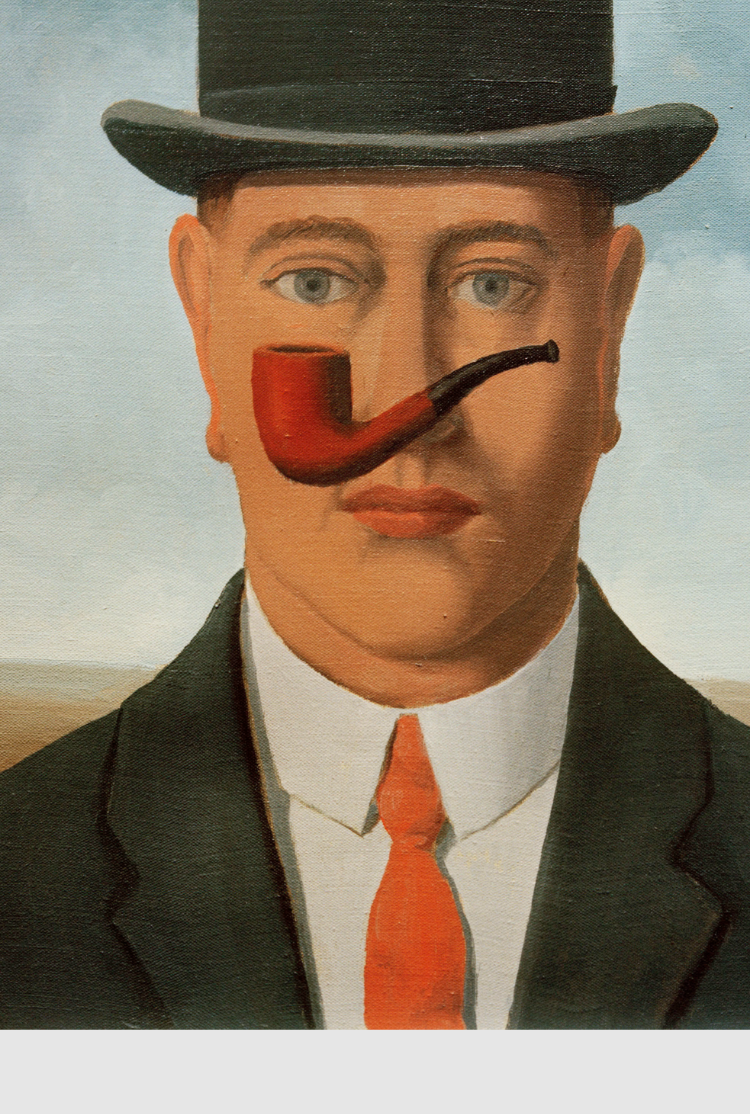back
Figures of slavery in the history of art
Long invisibilised by Western art history, the figure of the slave - and more specifically that of black people - is rarely represented in European painting before the end of the 18th century. Confined to subordinate or exotic roles, they appear in compositions that reflect the power relationships and dominant visions of the time. From the 19th century onwards, some artists took a more explicit stand against slavery. But the story does not end there. These representations remain marked by tensions: between the colonial gaze, persistent stereotypes and attempts at rehabilitation. Today, many contemporary artists are revisiting these narratives to deconstruct the imposed images and reintegrate black people into a visual history of resistance, subjectivity and living memory.
Emory Douglas discusses the ideology behind his mural REPARATIONS, and reflects on how his experiences growing up in civil rights–era San Francisco informed his personal politics and perspective as an artist.
Content produced by: San Francisco Museum of Modern Art
On the agenda
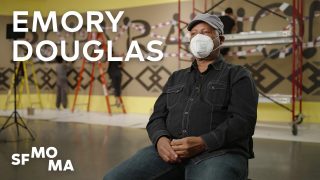
video - 4:12
Emory Douglas: “Land, bread, housing, justice, and peace”
By: San Francisco Museum of Modern Art

video - 6:30
Art is a Process: Michelangelo’s Slave Sculptures
By: Amor Sciendi

video - 5:58
Ships of Agony
By: Rijksmuseum
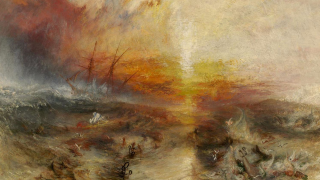
podcast - 23:46
JMW Turner’s The Slave Ship (1840)
By: The Lonely Palette
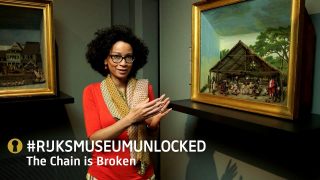
video - 5:36
The Chain is Broken
By: Rijksmuseum
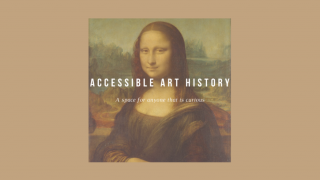
podcast - 7:31
The Slave Ship by JMW Turner
By: Accessible art history
